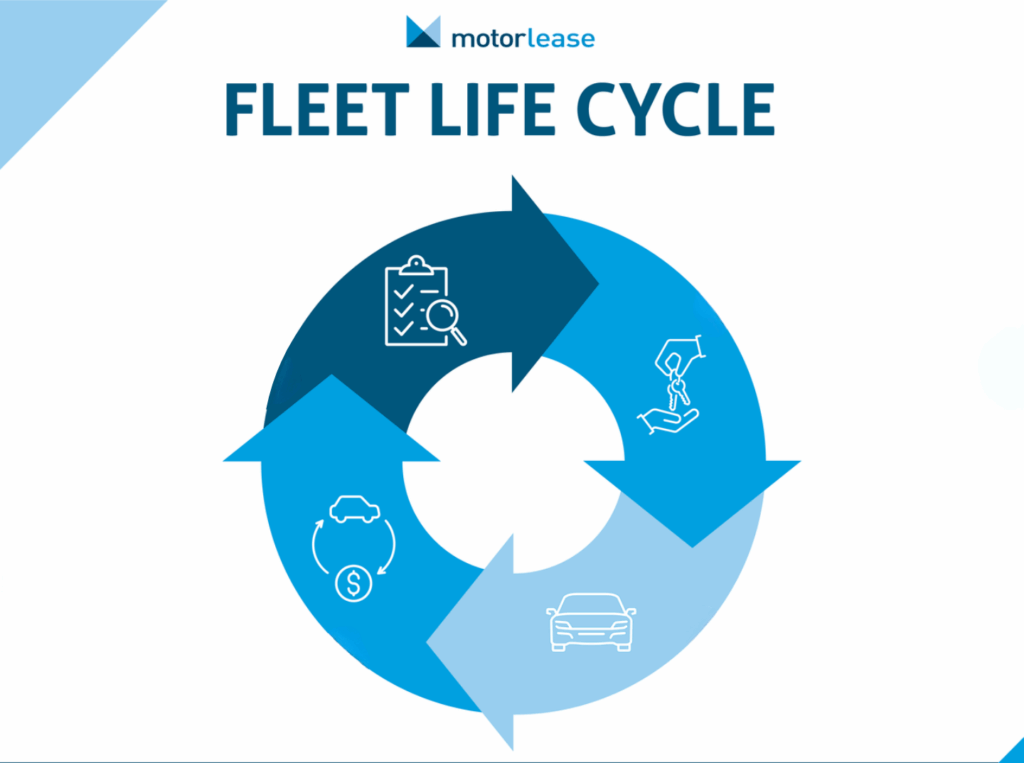In our last article, Company Vehicles and Personal Use, we discussed the difference between business and personal miles, why it’s necessary to differentiate, and what information needs to be captured. In this article, we will discuss the various methods used to calculate personal use charges, and walk through some example calculations.
In This Article
Cents-Per-Mile Method
Commuting Valuation Method
Annual Lease Valuation (ALV) Method
Cents-Per-Mile Method
This method is one of the simplest to calculate when personal use is involved. With the cents-per-mile method, fair market value of the employee’s personal usage of the vehicle is determined simply by multiplying the number of personal miles driven by the IRS Standard Mileage Rate (65.5 cents for 2023). This rate includes the cost of maintenance, insurance, and fuel. If your company does not provide fuel, then the rate may be reduced by 5.5 cents per mile.
For example, assume that a driver logs a total of 20,000 miles on his company-provided vehicle over the course of a year. His record keeping indicates that 15,000 of those miles were for business, and 5,000 were personal. The fair market value of his personal use would be 5,000 x .655 = $3,275. If fuel was not provided, the fair market value would be 5,000 x .60= $3,000. This is the amount of imputed income that the employee must pay taxes on.
However, there are a few conditions that must be met in order to apply this method. According to the IRS, this method can only be applied if one of the following is true:
- You reasonably expect that the vehicle will be used regularly (over 50%) for your business
- The vehicle meets the mileage test
Additionally, you cannot use the cents-per-mile method if the value of the vehicle at the time it is made available to employees exceeds the maximum value established by the IRS each year. For 2017, those numbers were $15,900 for passenger vehicles, and $17.800 for trucks and vans (this number increases if your company has over 20 vehicles).
Finally, if you utilize the cents-per-mile method in one year, you are required to continue to utilize that method in subsequent years. The only exceptions would be if the vehicle no longer qualifies under the rule, of if the vehicle qualifies under the Commuting Valuation Rule, which we will discuss next.
Commuting Valuation Method
If the only personal use of a company-provided vehicle is driving to and from work, then the Commuting Valuation Rule is the proper method to apply. Under this method, the IRS sets the fair market value for personal use as $1.50 per one-way trip, or $3 per roundtrip. In order to properly apply this method, accurate records must be kept in terms of the number of days worked in a given year.
For example, if an employee worked 225 total days over the course of a year, and commuted to and from the office for all of those days, the fair market value of their personal use would equal 225 x $3 = $675. That is the amount that the employee would owe taxes on.
However, like the Cents-Per-Mile method, there are some qualifications that must be met in order to utilize this rule.
- The vehicle must be owned or leased.
- The vehicle must be provided to the employee for use in the course of business.
- The company establishes, in writing, a policy that does not allow the employee to utilize the vehicle for any other personal use besides commuting or “de minimis” personal use (such as stopping at the dry cleaner on the way home).
- The employee abides by the policy and doesn’t utilize the vehicle for any other personal use.
- The employee is not considered a “Control Employee”
A Control Employee is defined by the IRS as:
An employee of a nongovernment employer who is either:
- A board or shareholder-appointed, confirmed, or elected officer whose pay is $120,000 or more.
- A director.
- An employee whose pay is $245,000 or more.
- An employee who owns a 1% or more
The IRS also allows you to utilize the definition of “Highly Compensated Employee” as an alternative to Control Employee.
A highly compensated employee is defined as an employee who either:
- Was a 5% owner at any time during the year or the preceding year. Or,
- Received more than $130,000 in pay for the preceding year (granted that the employee was in the top 20% of employees when ranked by pay).
Annual Lease Valuation (ALV) Method
The final method for determining fair market value of the personal use of a vehicle is the Annual Lease Valuation method. In short, this method determines fair market value by multiplying the annual lease value of a vehicle by the percentage of personal miles driven in a given year.
To utilize this method, there are a few steps that need to be followed.
First, you must determine the fair market value of the vehicle on the day that it was made available to the employee.
- If the vehicle was purchased you would use the cost including sales tax, title, and any other purchase expenses.
- If the vehicle was leased, you can utilize either:
- Invoice +4%
- MSRP – 8%
- Retail value reported by a nationally recognized pricing source if the value is reasonable
Next, you will need to reference the Annual Lease Value Table in IRS Publication 15-B in order to determine the appropriate annual lease value. If the vehicle was made available to the employee for more than 30 days, but less than a year, then the annual lease value would be prorated. If the vehicle was made available to the employee for less than 30 days, then the daily lease value formula would apply.
From there, you will need to look at the employee’s mileage for the year. Determine the number of personal miles that were driven and convert it into a percentage of the total miles driven.
Finally, you multiply the annual leave value by the percentage of miles that were considered personal to arrive at the fair market value of the personal use of the vehicle.
For example, say the company provides an employee with a $25,000 vehicle. The employee drives that vehicle for a total of 25,000 miles in a year. Of those miles, 5,000 were personal.
According to the IRS Annual Lease Value Table, the annual lease value of that $25,000 vehicle would be $6,850.
The percentage of total miles that were deemed personal would equate to 5,000 / 25,000 = 20%.
Therefore, the fair market value of the personal use would be $6,850 x 20% = $1,370. That is the amount that the employee would owe taxes on for their personal usage of the vehicle.
One thing to note is that the Annual Lease Value Table does not include fuel. If the company provides fuel to the employee, then you would add 5.5 cents per personal mile driven to the fair market value.
Before selecting a method, we strongly suggest that you review all of your options with a certified accountant. Check back next week as we will be discussing the various methods that companies utilize to handle the tax liability, and their associated benefits and drawbacks.













